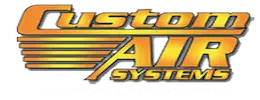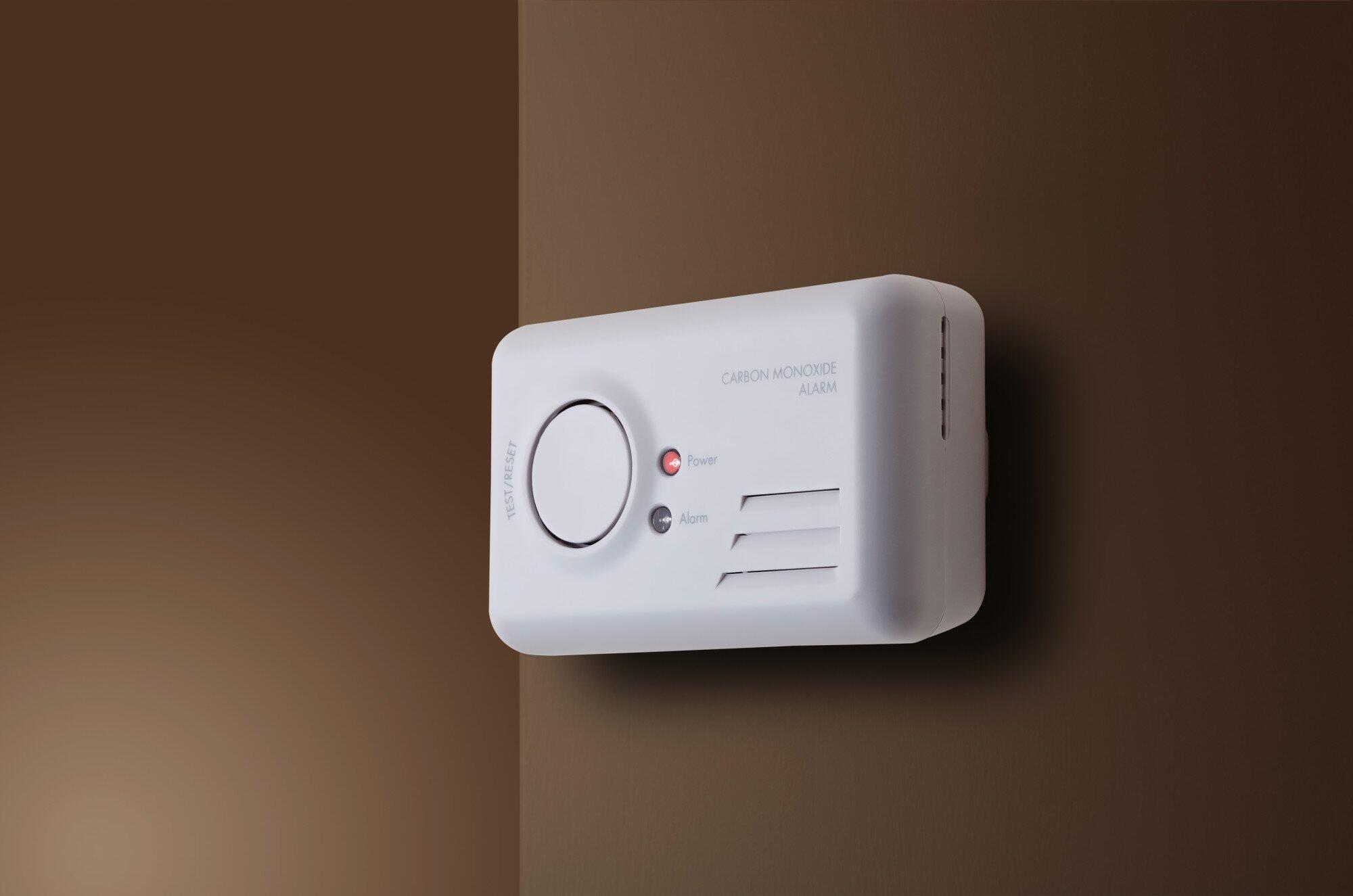If you’re like most U.S. households, over half of your home’s energy use goes to air conditioning and space heating. These needs can get expensive fast, which is why it’s crucial to ensure that your system runs at high efficiency.
Though the milder winters of Texas don’t always require the extreme heating costs of other states, regular heating maintenance can help you get more out of your furnace year over year. With seasonal maintenance, you’ll even enjoy lower energy bills, higher comfort, and even a longer system lifespan. What’s not to love?
Even better, heating maintenance isn’t any harder than your other seasonal tasks. If you’re ready to get started, here are a few crucial things to add to your to-do list.
Change Your Air Filter
If you haven’t checked your furnace’s air filter in a while, now is the time. Experts suggest cleaning or replacing your air filter at least once every 90 days during the heating season.
Though your filter may seem like a minor part of your system, keeping it clean can help you avoid huge headaches! A clean filter allows your heater to circulate air throughout your home without struggling to push it through a thick layer of dust and debris. This reduces the strain on your system and provides better heating efficiency.
Always aim for a filter with a solid MERV rating. If anyone in your household has allergies or other respiratory conditions, consider a higher-performing option.
Check Your Thermostat
Head to your thermostat to check and change its batteries, especially if you haven’t done so in a while. This is also a good opportunity to check your stash of batteries: no one wants their thermostat to run out of power on a cold winter night!
If your system allows you to calibrate your thermostat on your own, do that now. If you run into problems or notice a discrepancy in your indoor temperature and thermostat reading, be sure to contact an expert for help.
You should also program your thermostat with your new winter schedule and preferences. Aim to keep your home around 68 degrees during the day for peak energy efficiency and savings on your utility bill. At night, you can let that temperature drop a little while everyone in your household is warm in their beds.
Clean Your System
A clean system is an efficient system. All season long, be sure to clean your furnace and the area around it on a regular basis.
With your indoor unit, start by removing anything you’ve stored too close over the summer. Nearby furniture, boxes, and other objects can turn into safety hazards if anything goes wrong with your system.
Dust any debris from your system or use a vacuum with a brush attachment to clean its surface. Do the same with the vents and registers around your house, ensuring that these airways are kept free of obstructions like furniture.
If you feel comfortable doing so, you can also dust and clean the blower and motor. Your motor will need a few drops of oil as lubrication every season, especially if you’ve neglected your seasonal professional furnace inspection.
To make sure your system can remove condensation, do a drain line cleaning as well. Remove the cap of the condensate drain tube, then pour a mix of water and vinegar down it until it comes out the other end. Drain and clean the drip pan.
Two more areas of your indoor unit need special attention. The area around your pilot light, which will burn a sickly yellow in the presence of debris, needs to be clean. The same is true of your furnace flame sensor, a thin metal rod that helps your system detect a live flame in your system.
Around your outdoor unit, trim any plants that have grown too close over the summer and fall. Clean off any dirt, leaf matter, or other debris. Last, do a quick check to ensure the ground beneath your unit is still level.
Maintain Your Safety
Furnaces are generally safe to operate, but things can go wrong with them just as they can with any home appliance. However, certain furnace issues can become a serious threat to your health, as they can give off smoke or carbon monoxide (CO2) in the worst-case scenarios.
That’s why it’s crucial to check the CO2 and smoke detectors in your home at least once a month. Ensure you have a fire extinguisher handy, keep it in an accessible place, and make sure everyone in your home knows how to use it.
Get Professional Inspections
The best thing you can do for your system is get a professional inspection once a year. A good time to do this is mid- to late fall when you start using your furnace. However, you can still get one later in the winter to keep your unit in peak condition.
Though the DIY maintenance tasks you’ve tackled above can help, professional maintenance will take things a step further. The right HVAC technician will inspect hard-to-reach areas, address complex or difficult maintenance tasks, and perform hazardous checks such as electrical inspections. With their help, you can avoid a frantic emergency search for “heating near me” in the middle of winter!
If they spot any issues, your contractor can also recommend things like vent cleaning, energy and insulation audits, system repairs or replacements, and more.
Heating Maintenance Done Right
No matter what kind of furnace you own, regular heating maintenance can keep your system running at peak performance without unexpected breakdowns. Even better, the tips above are easy enough for any homeowner to tackle, allowing you to get more efficiency out of your system in no time.
If you’re ready to get more out of your heating system, we hope you’ll trust the experienced pros at Custom Air Systems. Our technicians are proud to offer 24-hour service and affordable tune-ups to homeowners throughout the Manvel, Sugarland, Pearland, and Alvin areas. Contact us today at (281) 466-4297 for your seasonal heating inspection or to get a free furnace estimate!





